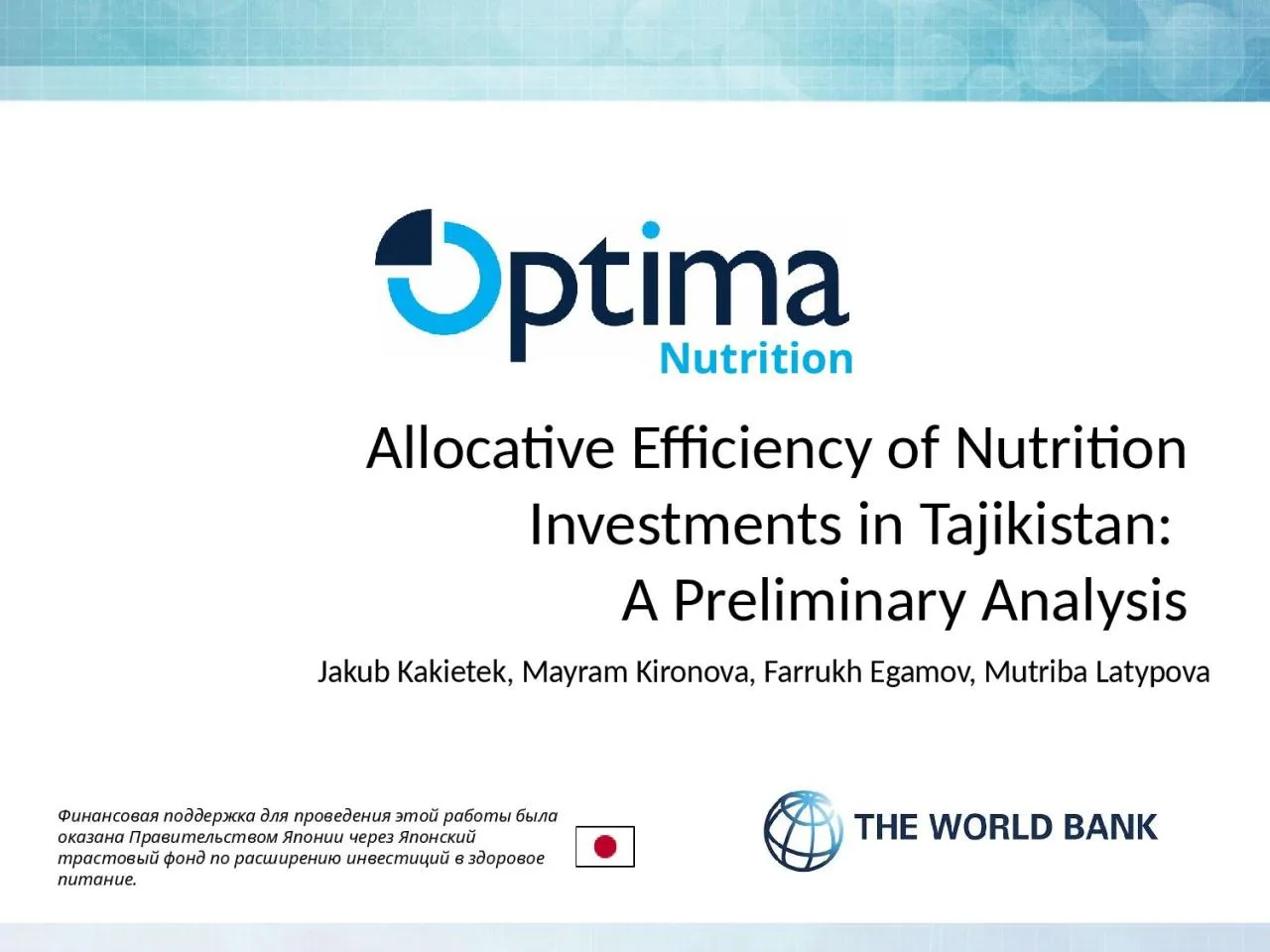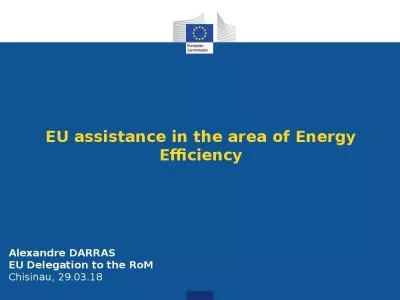PPT-Nutrition Allocative Efficiency of Nutrition Investments in Tajikistan:
Author : patricia | Published Date : 2022-06-07
A Preliminary Analysis Jakub Kakietek Mayram Kironova Farrukh Egamov Mutriba Latypova Финансовая поддержка для проведения
Presentation Embed Code
Download Presentation
Download Presentation The PPT/PDF document "Nutrition Allocative Efficiency of Nutri..." is the property of its rightful owner. Permission is granted to download and print the materials on this website for personal, non-commercial use only, and to display it on your personal computer provided you do not modify the materials and that you retain all copyright notices contained in the materials. By downloading content from our website, you accept the terms of this agreement.
Nutrition Allocative Efficiency of Nutrition Investments in Tajikistan:: Transcript
Download Rules Of Document
"Nutrition Allocative Efficiency of Nutrition Investments in Tajikistan:"The content belongs to its owner. You may download and print it for personal use, without modification, and keep all copyright notices. By downloading, you agree to these terms.
Related Documents














